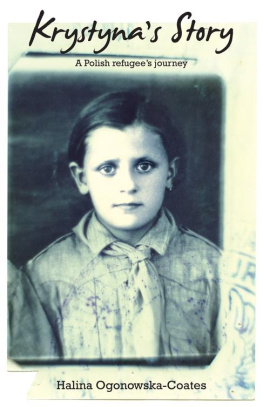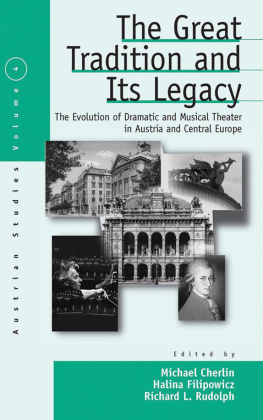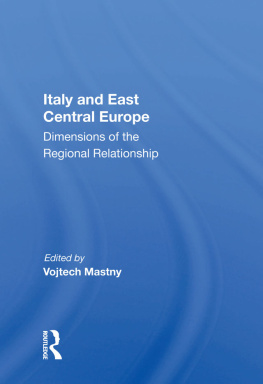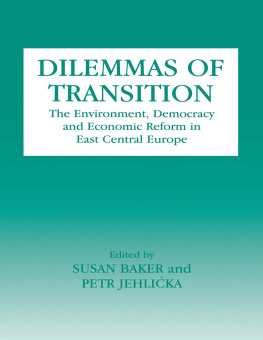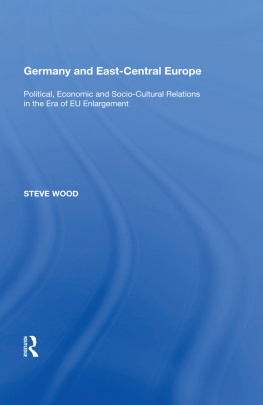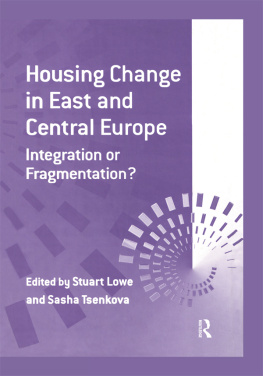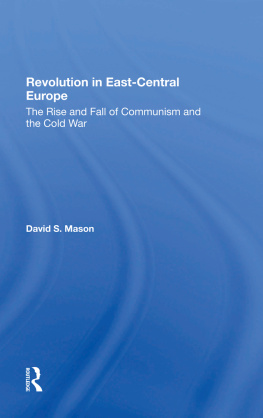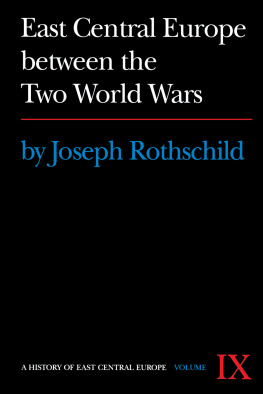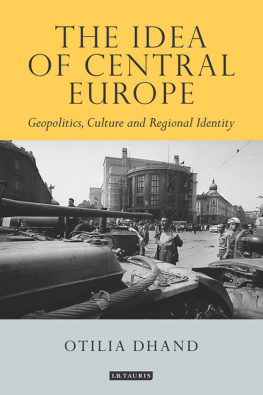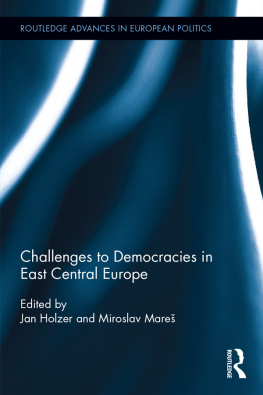Halina Beresneviit-Noslov
Artists and Nobility in East-Central Europe
Elites and Modernity
Elitenwandel in der Moderne
Edited by / Herausgegeben von
Gabriele B. Clemens, Dietlind Hchtker, Martin
Kohlrausch, Stephan Malinowski und Malte Rolf
Volume / Band 19

Published with the assistance of the Faculty of Arts at Masaryk University, Brno
ISBN 978-3-11-049051-0
e-ISBN (PDF) 978-3-11-049477-8
e-ISBN (EPUB) 978-3-11-049182-1
Library of Congress Cataloging-in-Publication Data
A CIP catalog record for this book has been applied for at the Library of Congress.
Bibliographic information published by the Deutsche Nationalbibliothek
The Deutsche Nationalbibliothek lists this publication in the Deutsche Nationalbibliografie; detailed bibliographic data are available on the Internet at http://dnb.dnb.de.
2018 Walter de Gruyter GmbH, Berlin/Boston
Abbildung auf dem Einband: Ernst, Heinrich Wilhelm, 1814-1865, the violin virtuoso. Kriehuber, Josef. Wilhelm Ernst. Wien: Ger. bei J. Hfelich, Eigenthum und Verlag Pietro Mechetti qm Carlo, 1846. Dostupn tak z: http://imageserver.mzk.cz/mzk03/001/025/618/2619313234
www.degruyter.com
Acknowledgements
This book synthesizes the results of my research and publishing activities from 2003 to 2014, which were sharpened by many valuable insights on the part of my colleagues and editors. In particular, I owe the conceptual framework of this book to the team working on the project Von Stndegesellschaften zu Nationalgesellschaften. Elitenwandel und gesellschaftliche Modernisierung in Ostmitteleuropa (1750 1914) at GWZO, Leipzig University, which was headed by Michael G. Mller. As a member of the project from 2003 until 2008, I gained much from the workshops, discussions and works of my colleagues Milo eznk, Mathias Mesenhller, Karsten Holste and Dirk Mller. As a visiting scholar on the project Religionsfrieden at the same institution in 2009, I also benefited greatly from the valuable comments of Yvonne Kleinmann and Martina Thomsen. My special thanks go to a member of both projects, Dietlind Hchtker, for being the most attentive reader and editor I have ever known. As the editor of the Elites and Modernity series, Dietlind, together with Malte Rolf, helped me decide on the final shape of this book.
I am indebted to those Czech and Lithuanian historians whose invitations to participate in conferences and publication projects always served as inspiration for my research and enriched my comparative project. Thanks are due to Luk Fasora from Masaryk University in Brno, where I became more closely acquainted with researchers into nineteenth-century elites in Moravia. My sincere acknowledgement goes to scholars from my Alma Mater , Vytautas Magnus University, particularly Egidijus Aleksandraviius, Vitalija Kasperaviit, Liudas Glema and Daiva Dapkut, as well as Ramun migelskyt-Stukien from the Institute of Lithuanian History for precious conferences. I am especially grateful to Jurgita Montrimait for helping me access publications in Vilnius libraries.
I would also like to thank Chris Abbey for touching up my English.
This book would not have come to fruition without the generous financial support of the DFG German Research Foundation, which financed my project at GWZO, and Faculty of Arts at Masaryk University in Brno, which kindly funded publication.
Finally, my deepest appreciation is expressed to my Lithuanian parents and sister for their constant assistance and support during my research trips as well as my family in Brno for all their patience and care.
Introduction: Elite compromises in small capital cities
Hardly any other professional group made a greater collective career in East-Central Europe during the nineteenth century than stage artists: musicians and actors. Originally a marginal social group despised for their vagabond lifestyle and dependency on the whims of the public, artists improved their social status to become charismatic stars and spokespeople of national ideologies. In the twentieth century, theatre artists were the most controlled and feared elites in East-Central European regimes, yet also the most cherished. One is tempted to explain the advance of the artists professional prestige and influence by the emergence of metropolitan and national cultural institutions, such as royal and national operas, theatres, and societies patronizing the arts. Philipp Ther depicted the rise of opera in East-Central Europe as a process of nationalization and democratization of this originally royal and aristocratic form of art and its public, pointing to the very central role played by national in German, Czech and Polish nation-building.Nevertheless, Thers work also reveals the process to be more complicated than straightforward democratization and nationalization, which might be explained by the rise and emancipation of the nationally minded middle class. Cultural transfers instead of the change of social classes, elites compromising instead of changing support his explanation.
The perspective of smaller regional capital cities in East-Central Europe such as the Moravian Brno and the Lithuanian Vilnius in the early- and mid-nineteenth century proposes a complementary perspective to the collective career of the artistic profession. Striving for high culture of a style already found in European metropolises, faced by the steady emigration of social elites, and creating stable national cultural institutions later than the imperial and national capitals, those two towns allow another social aspect of the collective career of the artistic profession to be studied: the prolonged need to emulate the behaviour of the old elites in order to claim publicity and later a leading position. Many of the prestigious cultural events in the towns were organized as joint civic initiatives by the old elites (nobles, officials and high clergy), rich bourgeoisie and ambitious professionals, particularly artists. The old elites gave prestige to these joint initiatives; they were presented as leaders, and promoted as a model whose traditional behaviour and values were to be followed. The new elites contributed financial donations as well as their time and effort.
The conditions of the town prolonged the dominance of the regional or land patriotism of the old elites, which served as a common basis for cooperation among the scarce elites of different social, religious and ethnic backgrounds. The place where the elite positions were promoted and acknowledged was the periodical press and the newspaper discourse. This book analyses the subtle compromises in the sphere of cultural publicity expressed in the language of newspaper reports. It also shows how the noble land-patriotic discourse in newspapers was able to change and adjust to newly perceived needs.
Since the provincial capitals delivered their outstanding talents to the great metropolises, the experiences of the socialization of artistic elites in regional metropolises might not be considered marginal. This was an experience which many nineteenth-century actors and musicians had at the beginning of their careers. By way of introduction, the specific conditions of the two towns will be described and compared and the concepts of land patriotism, civil society, elite compromises, and arena of elite socialization as used in the book discussed.







